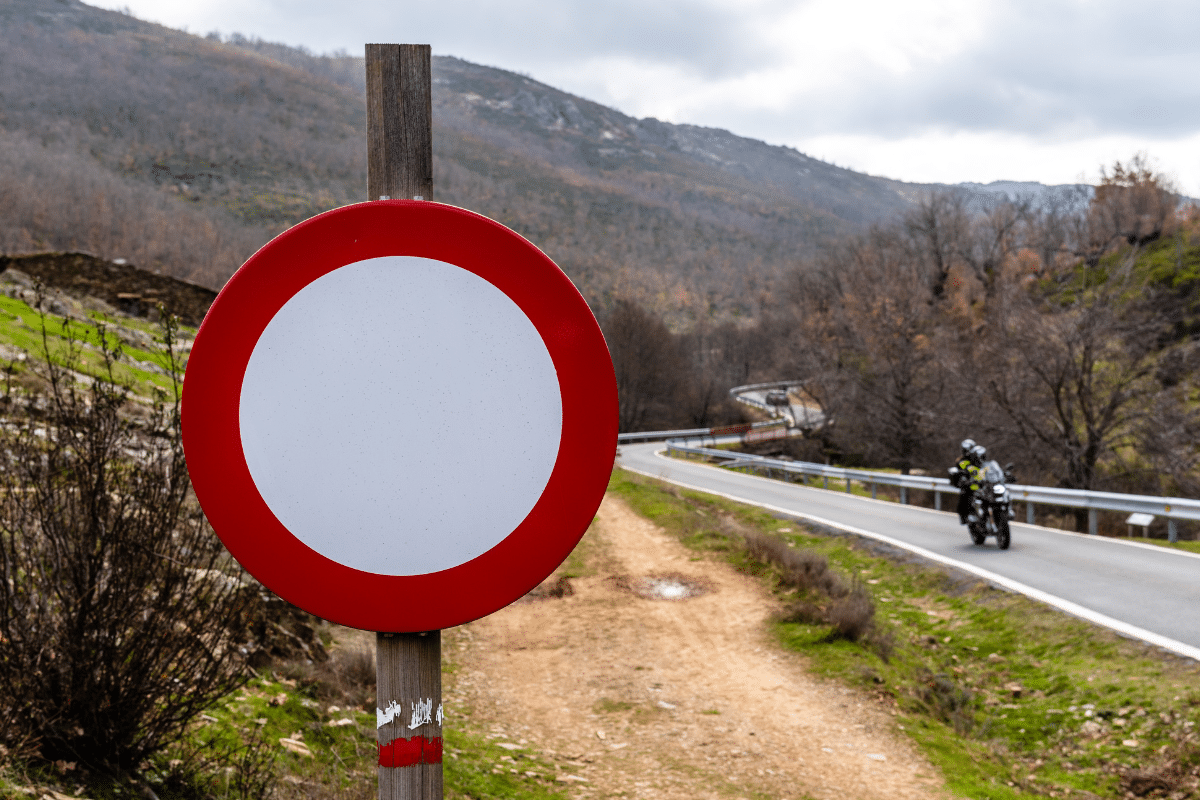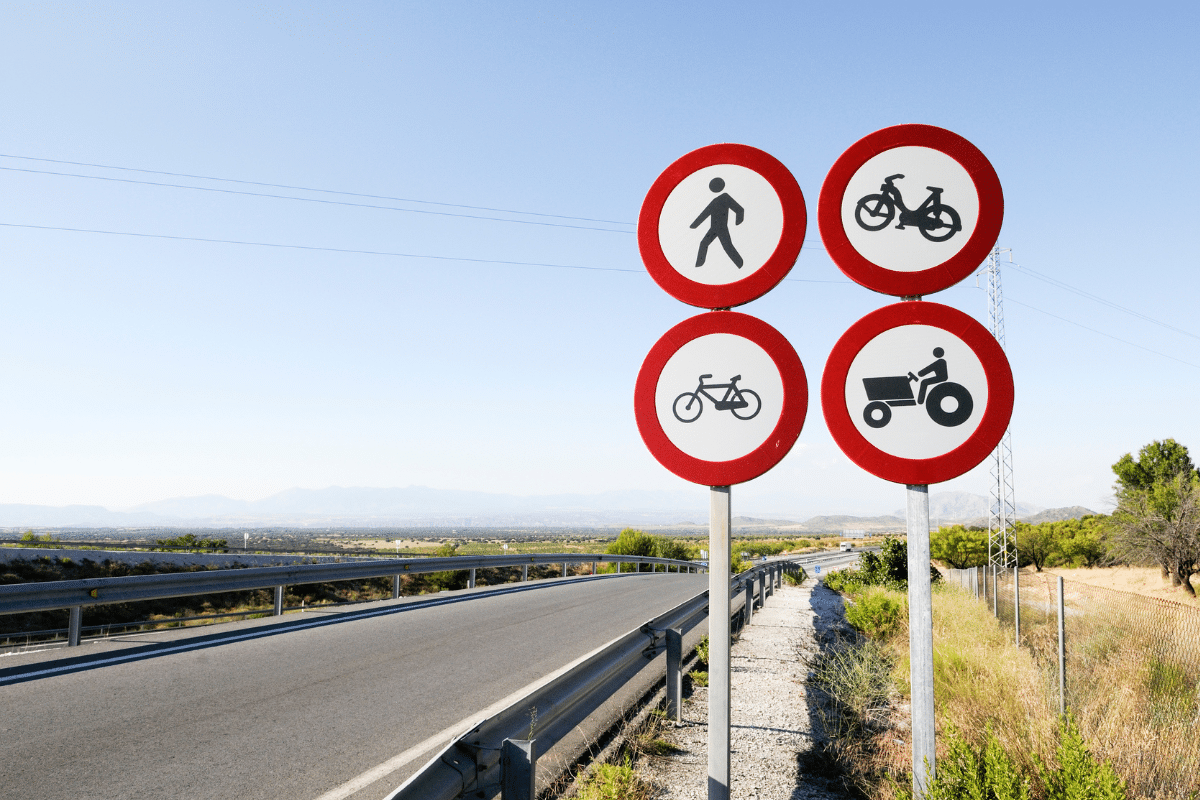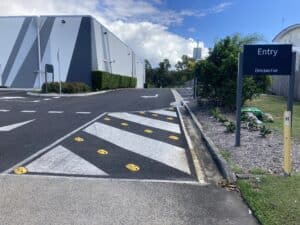

People in Queensland are accustomed to following strict road rules qld designed to keep drivers, pedestrians, and bikers safe. As the state continues to evolve in terms of transportation and infrastructure, changes to road rules are made to address new safety concerns, improve traffic flow, and accommodate the growing population. In 2024, several important updates to the road rules qld have emerged. These changes impact everyone, from regular commuters to businesses, school zones, and even emergency responders.

Changes to Speeding Fines and Penalties
One of the most noticeable updates in 2024 is the revision of speeding fines and penalties. To reduce accidents caused by speeding, the Queensland Government has introduced stricter fines for drivers caught exceeding the speed limit. These changes are particularly relevant for areas with high pedestrian activity, such as near schools and shopping districts.
For example, drivers caught speeding within 10 km/h of the limit can expect a fine and demerit points, with the penalties increasing significantly for speeds above that threshold. Additionally, certain school zones now have a reduced speed limit of 40 km/h during peak times, down from 50 km/h. This change aims to protect children and school staff as pedestrian traffic increases during the school rush hours.
Introduction of Mandatory Lane Changes for Cyclists
A new law introduced this year aims to enhance safety for cyclists sharing the road with motor vehicles. Under the new rule, motorists must change lanes when overtaking cyclists on roads where the speed limit exceeds 60 km/h. This law directly responded to the increasing number of cyclist injuries on Queensland roads.
The Queensland Government emphasizes that safety is a shared responsibility between cyclists and motorists. Conversely, cyclists are encouraged to ride in designated bike lanes or as close to the left side of the road as possible to make it easier for vehicles to pass. The government hopes to reduce accidents and fatalities among cyclists by enforcing lane changes when overtaking cyclists.
Changes to Mobile Phone Usage While Driving
Calling on a cell phone while driving has been a big reason for car crashes for a long time. In 2024, Queensland changed the laws surrounding mobile phone use while driving. Now, drivers are prohibited from using their phones, even at a red light or stopped in traffic.
This update applies to both hand-held and hands-free mobile devices. The only exception is for drivers using their phone in emergencies, such as contacting emergency services. Queensland’s road authorities have also launched campaigns to raise awareness about the dangers of phone distractions and have pledged to implement more mobile phone detection cameras along major roads.
The Use of Safety Barriers and Road Furniture
This year, Queensland has emphasised safety barriers and traffic control devices in high-risk areas such as work zones, school zones, and areas prone to accidents. These include road furniture like speed humps, wheel stops, and rumble strips, which have been deployed in more locations to help reduce speeds and increase driver awareness.
Speed humps are meant to slow down traffic in residential areas and parking places so that accidents caused by fast cars don’t happen. These speed control devices are now more commonly installed in areas with high pedestrian traffic. Wheel stops are increasingly being used in parking lots to prevent cars from encroaching on pedestrian walkways, ensuring a safer environment for drivers and pedestrians.
In addition, rumble bara and rumble strips are now being used more extensively on highways and roads leading into high-risk zones. These strips create noise or vibration when a vehicle passes over them, alerting the driver to slow down or pay attention to potential hazards.
Stricter DUI Laws
Queensland has also updated its laws on driving under the influence (DUI). The legal blood alcohol concentration (BAC) limit remains at 0.05% for standard drivers, but stricter penalties are now in place for those caught over the limit. New roadside testing devices have been introduced to catch drivers who may be under the influence of other substances, such as drugs. In addition, the penalties for DUI offenders who are involved in an accident have been increased significantly, reflecting the state’s zero-tolerance stance on impaired driving.
New Road Rules for Electric Vehicles (EVs)
With the rise in electric vehicle ownership, Queensland has updated its road rules to accommodate this growing sector. EV drivers are now permitted to park in designated charging bays without fear of being ticketed for overstaying their parking time, as long as they are actively charging their vehicles. This is a big step towards getting more people in Queensland to use electric cars, especially since the state wants to reduce carbon pollution and promote sustainability.

Additionally, new rules have been introduced for electric vehicle noise. EVs, which are quieter than traditional combustion engine vehicles, must emit a sound at low speeds to help pedestrians, cyclists, and other drivers identify their presence. This rule aims to lower the number of crashes involving people walking who might not hear the car coming.
The Introduction of School Safety Zones
Queensland has introduced new road rules targeting school zones in response to growing concerns about child pedestrian safety. The speed limit in most school zones has been reduced to 40 km/h during school drop-off and pick-up times. Furthermore, more school zones now have flashing lights that alert drivers to slow down when children are present.
In some areas, traffic-calming measures like speed humps have been installed to further ensure that vehicles maintain a safe speed near schools. These updates aim to make the roads safer for children and reduce the risk of accidents in school zones, where pedestrian activity is at its highest.
Greater Enforcement of Seatbelt and Child Restraint Laws
One of the critical road safety updates for 2024 is the increased enforcement of seatbelt and child restraint laws. Drivers and passengers must always wear seatbelts, even in the back seats. The laws surrounding child restraints have also become more stringent. Children under the age of 7 must now be secured in a child seat, and older children up to 16 must wear seatbelts at all times.

Along with stricter enforcement, the Queensland Government has started public education programmes to make people more aware of how important it is to wear seatbelts and use the correct child restraints. These efforts aim to reduce the number of injuries and fatalities caused by not following these crucial safety measures.
Changes to Road Rules QLD for Overtaking Bicycles
As part of its ongoing efforts to improve cyclist safety, the Queensland Government has revised the laws surrounding overtaking bicycles. Bikers now have at least one metre of space when cars go by on roads where the speed limit is less than 60 km/h. People driving cars must give riders at least 1.5 metres of space on roads with faster speed limits. This change is designed to protect cyclists from collisions and ensure they have sufficient space when sharing the road with vehicles.
As Queensland continues to prioritise safety and efficiency on its roads, these updated road rules for 2024 reflect a forward-thinking approach to transportation. Whether you’re a cyclist, pedestrian, or motorist, understanding these changes is crucial to ensuring you abide by the law and, most importantly, keep yourself and others safe. We at Speed Humps Australia want to make the roads safer by using new ideas like speed bumps, wheel stops, and rumble strips. These all play essential roles in slowing down traffic and making people more aware of dangerous areas. With these new road rules, it’s clear that Queensland is taking a step in the right direction to improve road safety for everyone.



For 10 years, our focus has been on one thing: to provide one style of product and to do it well.
Our wheel stops, speed humps and rumble bars meet Australian Standards, don’t fade, and we’ve never needed to replace one.

For 10 years, our focus has been on one thing: to provide one style of product and to do it well.
Our wheel stops, speed humps and rumble bars meet Australian Standards, don’t fade, and we’ve never needed to replace one.